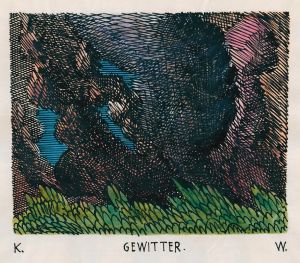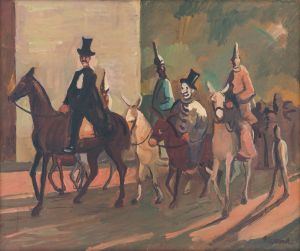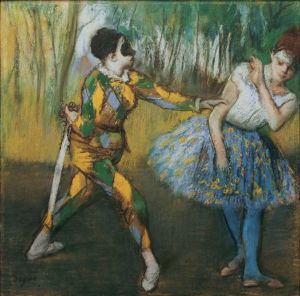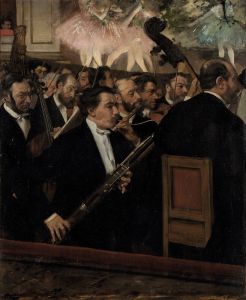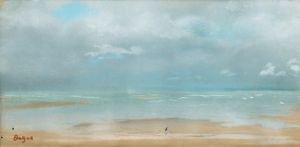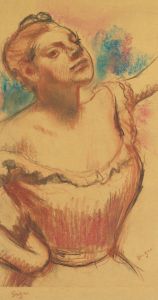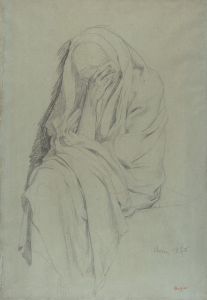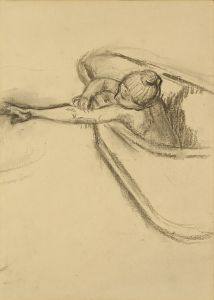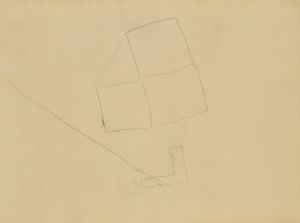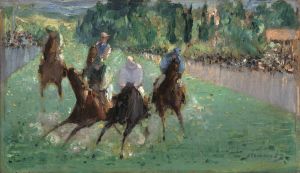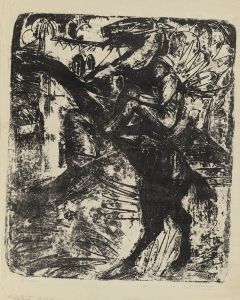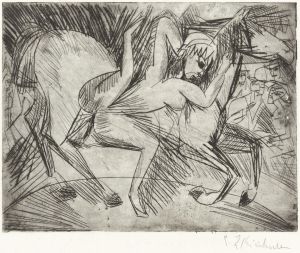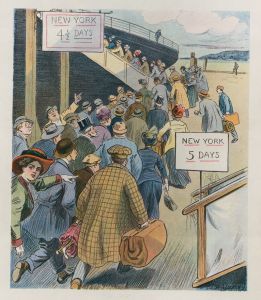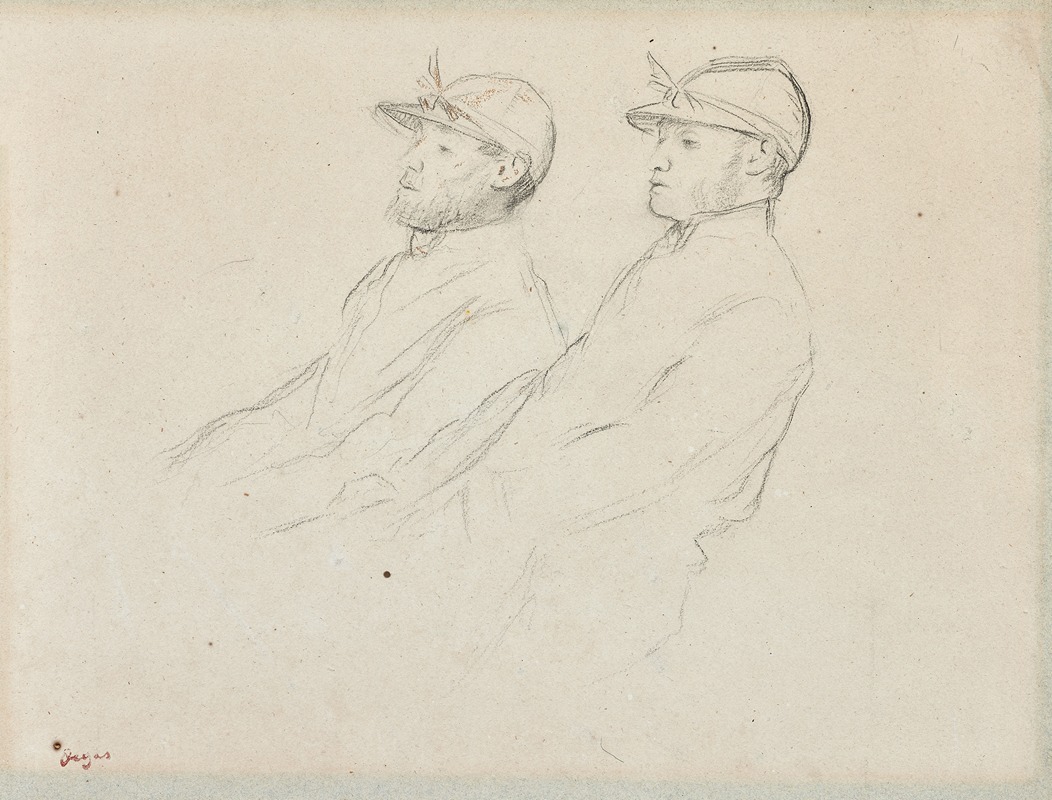
Deux jockeys
A hand-painted replica of Edgar Degas’s masterpiece Deux jockeys, meticulously crafted by professional artists to capture the true essence of the original. Each piece is created with museum-quality canvas and rare mineral pigments, carefully painted by experienced artists with delicate brushstrokes and rich, layered colors to perfectly recreate the texture of the original artwork. Unlike machine-printed reproductions, this hand-painted version brings the painting to life, infused with the artist’s emotions and skill in every stroke. Whether for personal collection or home decoration, it instantly elevates the artistic atmosphere of any space.
Edgar Degas, a prominent French artist known for his contributions to Impressionism, created the painting "Deux jockeys" (Two Jockeys) during his prolific career. Degas, who was born in 1834 and died in 1917, is celebrated for his innovative approach to capturing movement and his keen interest in modern life, which is evident in this particular work.
"Deux jockeys" is a testament to Degas's fascination with the world of horse racing, a subject he explored extensively in his art. The painting depicts two jockeys on horseback, capturing a moment of dynamic movement and tension. Degas's interest in horse racing was part of a broader cultural enthusiasm for the sport in 19th-century France, where it was associated with both leisure and the burgeoning modernity of the time.
Degas's technique in "Deux jockeys" reflects his mastery of composition and his ability to convey motion. He often employed a combination of oil paints and pastels, which allowed him to achieve a rich texture and depth in his work. His use of color and light in this painting is particularly noteworthy, as it demonstrates his skill in creating atmosphere and mood. The jockeys and their horses are rendered with a sense of immediacy and energy, capturing the excitement and unpredictability of the race.
One of the distinguishing features of Degas's work is his unconventional approach to perspective and framing. In "Deux jockeys," he employs a composition that suggests the influence of photography, a relatively new medium at the time. This approach allows the viewer to feel as though they are part of the scene, witnessing the race from a unique vantage point. Degas's interest in Japanese prints, which often featured unusual perspectives and asymmetrical compositions, also influenced his work and can be seen in the way he structured "Deux jockeys."
Degas's exploration of horse racing was not limited to painting; he also created numerous drawings and sculptures on the subject. His studies of horses in motion were informed by his meticulous observation and his interest in the scientific study of movement, which was gaining prominence during his lifetime. This dedication to understanding the mechanics of movement is evident in the lifelike portrayal of the horses and jockeys in "Deux jockeys."
Throughout his career, Degas was known for his ability to capture the essence of modern life, and "Deux jockeys" is a prime example of this talent. The painting not only reflects his technical skill and innovative approach to composition but also his deep engagement with contemporary culture. By focusing on the world of horse racing, Degas was able to explore themes of speed, competition, and the fleeting nature of modern existence.
Today, "Deux jockeys" is recognized as an important work within Degas's oeuvre, illustrating his unique ability to blend traditional artistic techniques with modern subjects. The painting continues to be celebrated for its dynamic composition and its insightful portrayal of a moment in time, offering viewers a glimpse into the vibrant world of 19th-century horse racing.





